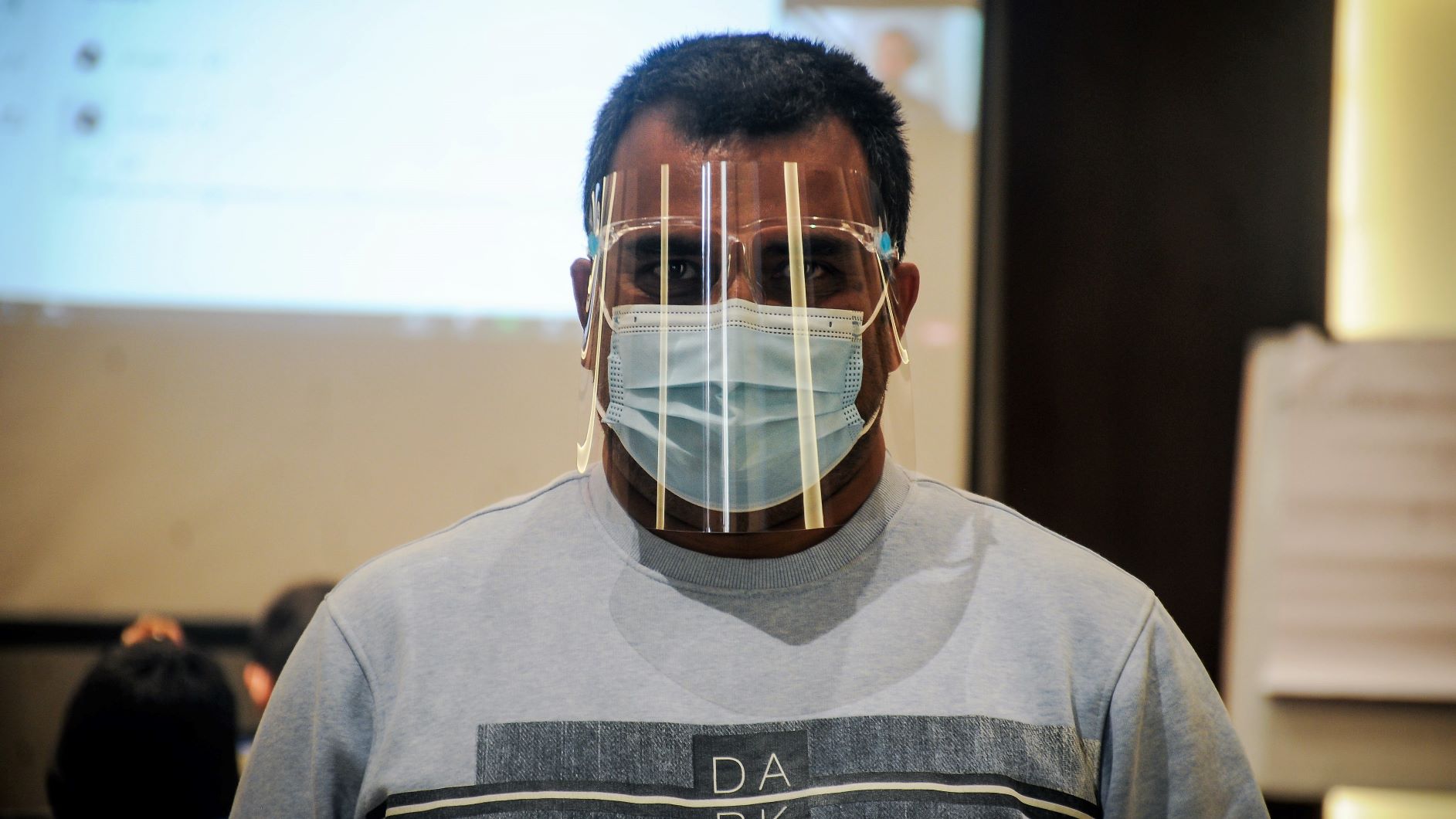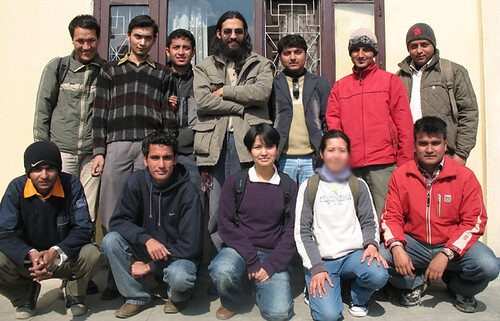When the whole state is going through the process of restructuring and every sector is being put in line with the concept of “new and prosperous” Nepal, nobody is saying anything about sports. This is, no doubt, the biggest disadvantage that the sector has for decades now. Sports are always the less priority sector for the state, and for that matter, the majority of the people as well. No decision makers – be it officials or lawmakers – are much concerned about the sector, not realizing the fact that sports could be the catalyst for glorifying the image of the country globally.
The tendency of neglecting sports has its roots in the failure of Nepali sportspersons to do well in the big events and lack of professionalism within the country itself. Out of South Asia, Nepal is almost absent in international level events apart from a few medals in such contact games like taekwondo, a hope-raising performance in cricket and one off-surprise win in football. Lack of professionalism in sports is neither letting talented players to continue playing nor helping change the mindset of families to encourage their children in sports. Earning from sports is a very recent trend but that doesn’t apply to many players.
When people in the government don’t care about sports, then the hope for strong policy and programs to develop the sector doesn’t hold much water. Lack of policies and plans in the present, and the disciplines’ exploited past, has made sports a ship without the compass in the middle of an ocean.
“We know where to go and what we can achieve. But since we don’t know the path, we’re lost,” said Jeevan Ram Shrestha, the member-secretary of National Sports Council (NSC), while launching the Vision 2020 last week.
Vision 2020, let it be noted, is a long-term sight-setting for sports in Nepal. But nobody knows how long a charter without proper plans and programs, and prepared by a member-secretary appointed in the first place for his political affiliations, will be followed.
Although very few, there are glimpses of success that Nepali athletes can achieve if the state takes the sector seriously. The players are dedicated and talented enough to make the nation proud. And the only thing they lack is proper grooming, and that very lacking aspect brings us to the biggest challenges that stood tall and strong between them and their success in sports.
“The main challenge is the infrastructure,” Binaya Raj Pandey, the president of Cricket Association of Nepal (CAN), says. “Without practice facilities in and around the country, we can’t even think of top level athletes.”
This not only implies to cricket but to all sports. It’s not new for us to read the news that players are practicing in candlelight or that they haven’t been supplied the equipment.
Apart from the infrastructure developed for political reasons in the Panchayat era, and some other venues developed out of necessity during the organization of SA Games in 1999, the country has almost been quiet on the part of infrastructure development. For top-level football, the capital city has only one stadium; and the same goes for cricket too.
“Without giving players proper fields to play and practice on, how can we expect them to do well at the international levels?” Pandey asks.
If Nepal won the Plate Championship in the 2006 Youth World Cup, it’s the young cricketers’ own talents more than anything else that should be congratulated. If young footballers reached the second round of the Asian U-17 Championship, it’s only a glimpse of the result that can be achieved with properly trained players. If Nepali taekwondo or karate or wushu players held Nepal’s head high, then it’s their singular individual dedication that should be saluted.
“Social status,” Ganesh Thapa, the yesteryears’ star footballer who now leads the All Nepal Football Association (ANFA), expresses. “Where is the social status for the players? Let’s not talk about how the society takes a player: even the government doesn’t give the players the due respect.”
For Thapa, reorganization of players, such as along the line of doctors or engineers or academicians, would make them forget other hazards. That, however, is not the case here.
“Until the players are accorded due social respect and status and given employment opportunities, we can’t think of being at the top level,” Thapa adds.
Although no one would like to speak publicly, the chronic “politics in sports” syndrome is something that has long been hampering the development of sports as much as anything else. Although the state is abuzz with talks of democratization, nobody is looking at the much practiced “no democracy” state of affairs in Nepali sports. Most of the sports associations are in mutual conflicts, and many of them are not holding elections as the law of the land requires. The whispered bitter truth is that the “officials are more concerned about [their own] benefits than the development of sports itself.”
NSC, the government body that runs sports in Nepal, has long been challenged in its authority by Nepal Olympic Committee (NOC) – the internationally recognized body that oversees the participation and development of sports. The conflict between the two has resulted in two different committees being recognized respectively by many associations.
That is possibly because NSC takes the sports association either as an ally or an enemy – and not as the agency they should be using to develop sports.
“The Association plays an important role in the development of any sports, and the government should use them as a channel,” Thapa says. “If we hope to be at the top level, we have to go to the grassroots level; and that is not possible without good support from the government,” Thapa adds.
Professionalism is another challenge for the sports. Both football and cricket are trying to turn the games into money spinning events. ANFA has been striding forward with prize money in the national league football while cricket is trying to learn from the rival game that it is challenging to become the popular sports.
But “We can’t always expect players to deliver purely because of their passion for the game,” Thapa says.
The growing interest of corporate houses in sports is eminent, but not enough. It has so far been just for the game, not for the players. Corporate houses are taking sports as a good avenue for advertisement, not as their corporate social responsibility. If the latter had been the case, then there would be corporate houses employing players, thus freeing them from the biggest pressure – that of earning bread and butter for their livelihood.
It is the passion for the game that is so far holding the sector together. No wonder the young cricketers have impressed the world. But along with them, the other impressive factor is also the number of fans watching the cricket matches. Football clubs are hoping to turn professional based on the number of people watching their matches as the national league, which runs for almost three months, as well is getting the expected number of spectators.
With so much palpable interest among people, there is no lack of enthusiasm for the sports. Given that every sector of the society supports the development of sports, as Thapa believes, Nepal could play World Cup within 25 years while Pandey believes that by 2016, given that there is no let and hindrance, Nepal will be playing one-day international (ODI) cricket. Other sports too can deliver.
If we are hoping to build a new nation, sports is something that can’t be left out because, even if it’s not the top priority of any nation, it’s something that makes the heart feel happy.
And happiness is priceless!
(As published in The Kathmandu Post)


